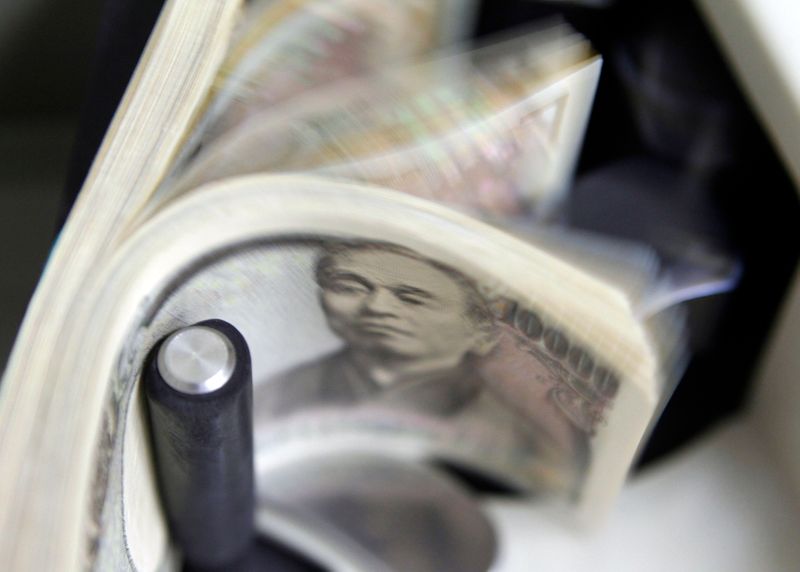Investing.com — Most Asian currencies headed lower on Tuesday as the dollar found some strength following testimony from Federal Reserve Chairman Jerome Powell, while the yen languished near a 38-year low.
Sentiment towards Asia also remained tense due to ongoing concerns about new European import duties on China, which could provoke retaliation from Beijing and spark a trade war.
The and rose slightly in Asian trading, stabilizing after posting steep losses over the past week due to increased bets on Fed rate cuts.
will provide more signals on this trend later on Tuesday. In addition to Powell, figures will be available later this week, while a slew of other Fed officials will also speak.
Japanese Yen Vulnerable as USDJPY Recovers 161
The yen underperformed its Asian peers, with the pair rising 0.1% on Tuesday to return above the 161 yen level.
The currency found little support as a slew of weak Japanese economic data reinforced expectations that the Bank of Japan will have limited room to raise rates further.
Although recent data on average cash earnings showed that overall wages were rising, May figures were still softer than expected. Other recent data on the Japanese economy also pointed to continued weakness.
This caused traders to largely short the yen, also largely ignoring persistent warnings about government intervention in the currency market.
Chinese Yuan Weak, USDCNY Near 7-Month High
The Chinese yuan has also been one of the biggest laggards in recent sessions, with the pair rising 0.1% and close to a seven-month high.
The yuan has been largely battered by increased concerns about a trade war with the West after the EU imposed tariffs on imports of Chinese electric vehicles despite Beijing’s objections.
Markets now looked to see the impact of the imports, and whether China would retaliate.
Waning optimism about a Chinese economic recovery has also weighed on the yuan in recent weeks, especially after a string of weak data through June. The focus this week was on upcoming developments and data for more signals about the economy.
Broader Asian currencies moved from flat to low. The Australian dollar pair remained flat after data showed consumer confidence in the country deteriorated further in early July.
The South Korean won pair remained flat, as did that of the Singapore dollar.
The Indian rupee pair rose slightly and remained within sight of record highs.


